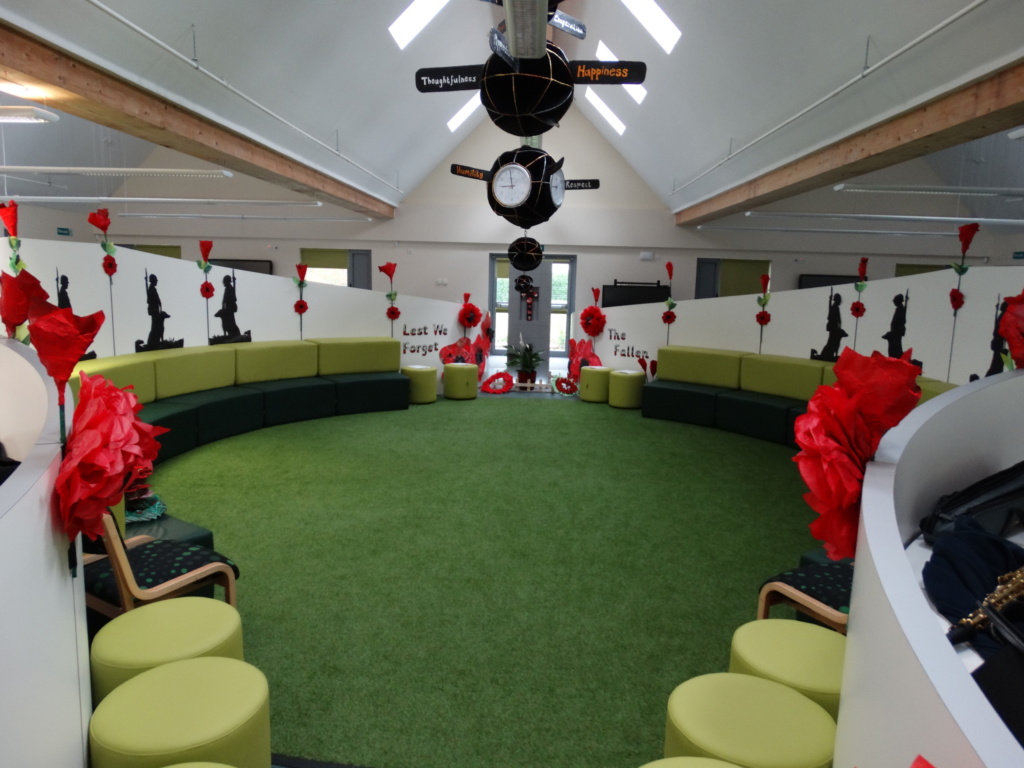
Here, Lauren Costello explains why, when she was Executive Managing Director for Education at The White Horse Foundation, The Croft School in Swindon embraced a bold new approach to their teaching and learning environments, while Joana Scanlon, KS2 Leader at The Croft Primary School, and Alison Capstick, Head of Teaching & Learning at The White Horse Federation Multi-Academy Trust, tell us how they did it.
Alison
In 2010, I was fortunate enough to be involved in the Building Schools for the Future initiative, looking specifically at how children learn in the built environment and what might be possible if we consider how a building could have greater impact on children’s learning journeys and experiences.
Through research and visits, it became obvious that reception class children were more creative, learned more, were more resilient and had no caps on their imaginations when the environment was free flowing or open planned so that they were more compelled to self-regulate, self-select and were in charge of their own learning.
Surely it’s time for a radical change?
So, if that produced the best learning when children first started school, why were we not looking in greater depth at how other year groups were learning and taking the very best practice from the early years and applying across a whole school? Although technology has changed and facilities have improved, learning has fundamentally remained the same. Children of a certain age enter a box and as they get older they move to a new box; 4 walls, windows and a board at the front. Essentially the same as it has been since 1840. Surely in the 21st-century we could consider making radical and fundamental changes based on pedagogical evidence of how children succeed and why they fail?
At The Croft we designed classrooms to be open plan where possible. We used the ideology of best early years practice and exported it to the whole of KS1. For Years 3 and 4 we understood that children also needed to experience a class situation using more traditional learning skills. This was a deliberate move to further help children to adjust to their learning to the environment and to develop a wider set of skills. In Years 3 and 4, we focus on traditional resilience and basics. For this focus, a standard single classroom suits.
Preparing to succeed at secondary school
The biggest and most dramatic change to using the building effectively to promote learning comes in Y5/6. From research, both in this country and especially in Australia, one of the barriers to children succeeding immediately in secondary school centres around them not having the necessary organisational skills or resilience to take control of their own learning, to meet new friends in different lessons, to be with a number of new teachers through the day or to have the confidence to know that they are still good learners with great skills and abilities.
In recognising this, we looked at how we could use the learning environment to develop these learning behaviours and social skills so that independence and working in different ways with a number of students and adults would become second nature to our children at The Croft.